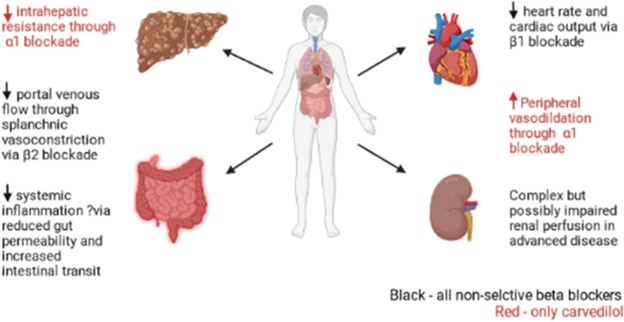A nurse is preparing a client with extensive burns for hydrotherapy. What is the priority action by the nurse?
Educate the client about the therapy
Provide analgesics after therapy ends
Provide analgesics before therapy begins
Ensure there are clean supplies
The Correct Answer is C
Choice A Reason: Educating the client about the therapy is an important action by the nurse, but not the priority one. The nurse should explain the purpose, procedure, benefits, and risks of hydrotherapy to the client before starting it, but only after ensuring their comfort and pain relief.
Choice B Reason: Providing analgesics after therapy ends is not enough, as the nurse should provide them before and during therapy as well. Hydrotherapy involves cleansing and debriding of burn wounds with water jets or whirlpools, which can be very painful and stressful for the client.
Choice C Reason: This is the correct choice. Providing analgesics before therapy begins is the priority action by the nurse, as it reduces pain and anxiety for the client and facilitates wound healing. The nurse should assess the client's pain level and administer appropriate analgesics at least 30 minutes before hydrotherapy.
Choice D Reason: Ensuring there are clean supplies is an essential action by the nurse, but not the priority one. The nurse should use sterile or clean equipment and solutions for hydrotherapy to prevent infection and contamination of burn wounds, but only after ensuring their comfort and pain relief.
Nursing Test Bank
Naxlex Comprehensive Predictor Exams
Related Questions
Correct Answer is D
Explanation
Choice A Reason: Providing written materials and visual aids is not necessary for a client who has hearing at 15 dB, which is considered normal hearing. Normal hearing ranges from 0 to 20 dB, meaning that the person can hear sounds that are as faint as 20 dB or less.
Choice B Reason: Using American Sign Language is not appropriate for a client who has hearing at 15 dB, which is considered normal hearing. American Sign Language is a form of communication that uses hand gestures, facial expressions, and body movements to convey meaning. It is mainly used by people who are deaf or hard of hearing.
Choice C Reason: Shouting at the client from 6 inches away is not advisable for a client who has hearing at 15 dB, which is considered normal hearing. Shouting can be perceived as rude or aggressive, and can damage the hearing of both the speaker and the listener.
Choice D Reason: Speaking to the client in an everyday conversational tone is the best action for a client who has hearing at 15 dB, which is considered normal hearing. Conversational speech ranges from 40 to 60 dB, meaning that the person can hear sounds that are as loud as 60 dB or less.
Correct Answer is B
Explanation
Choice A Reason: Antibiotics are not contraindicated for a client with glaucoma and asthma, as they can treat or prevent infections that may affect the eye or the respiratory system.
Choice B Reason: This is the correct answer because non-selective beta blockers are contraindicated for a client with glaucoma and asthma, as they can reduce intraocular pressure but also cause bronchoconstriction and exacerbate asthma symptoms.
Choice C Reason: NSAIDs are not contraindicated for a client with glaucoma and asthma, as they can reduce inflammation and pain that may affect the eye or the respiratory system.
Choice D Reason: Anticoagulants are not contraindicated for a client with glaucoma and asthma, as they can prevent or treat thromboembolic events that may affect the eye or the respiratory system.

Whether you are a student looking to ace your exams or a practicing nurse seeking to enhance your expertise , our nursing education contents will empower you with the confidence and competence to make a difference in the lives of patients and become a respected leader in the healthcare field.
Visit Naxlex, invest in your future and unlock endless possibilities with our unparalleled nursing education contents today
Report Wrong Answer on the Current Question
Do you disagree with the answer? If yes, what is your expected answer? Explain.
Kindly be descriptive with the issue you are facing.
